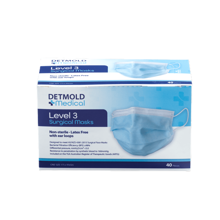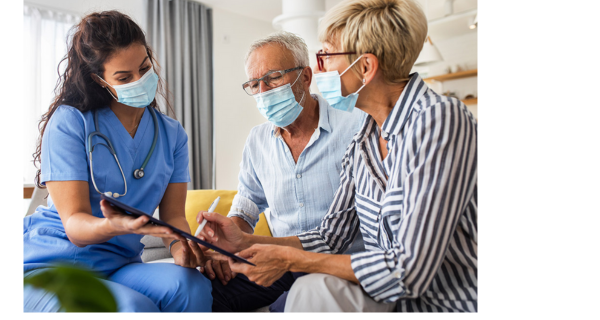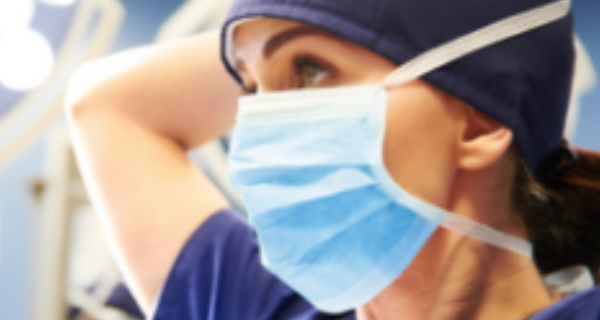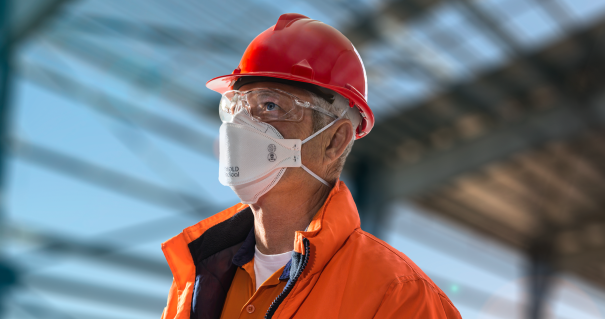Personal protective equipment (PPE) has always been essential in construction and mining. However, stricter safety standards, emerging risks, technological advancements and rising awareness around worker health are driving innovation in construction PPE. However, the next evolution of PPE isn’t just about maintaining compliance; it’s about creating protective equipment that’s comfortable, sustainable and effective.
Read on as we explore what’s next for respiratory protection in construction.
The current state of PPE in construction
PPE refers to equipment or clothing that’s used or worn by a worker to protect them against health and safety risks. It encompasses a range of equipment, such as helmets, high-visibility clothing, gloves, earplugs and safety harnesses. It also includes respiratory protective equipment (RPE), including face masks and P2 value respirators.
Under the model Work Health and Safety (WHS) regulations, it’s up to the person conducting a business or undertaking (PCBU) to determine whether PPE is needed and provide the necessary PPE along with adequate training to workers. It’s essential to note that PPE, in itself, is one of the least effective control measures and should only be used after applying other measures, from most to least effective. Under the hierarchy of control, PCBUs should apply controls in the following order: elimination, substitution, isolation, engineering controls, administrative controls and lastly, personal protective equipment (PPE).
Construction workers are often subject to significant exposure to airborne contaminants while on the job site, including hazardous dusts and other particles, smoke and fumes. Long-term exposure to these types of airborne contaminants puts them at higher risk of irreversible respiratory illnesses, like lung disease, lung cancer and chronic bronchitis.
Respiratory protective equipment (RPE) should only be implemented once higher-level control measures are in place, serving as the final safeguard for workers. It remains the duty of PCBUs to ensure exposure stays within workplace exposure limits (WEL), with air monitoring often needed to confirm compliance.
With many construction workers required to wear RPE for hours on end, one of the key challenges is balancing compliance with comfort so workers actually wear their respiratory protection correctly.
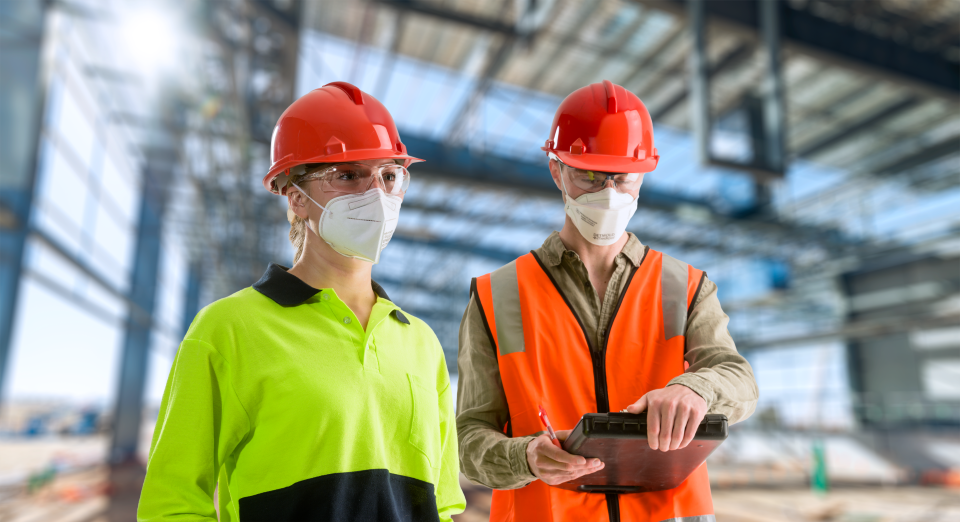
Silica dust: A major driver of respirator use
A rise in awareness around silica dust exposure and its long-term health impacts has led to the introduction of a range of PCBU duties, including lower workplace exposure standards (WES), air monitoring and worker health monitoring. To help keep workers safe from silica dust, Safe Work Australia has introduced a new model Code of Practice for managing respirable crystalline silica in the workplace.
The model Code of Practice outlines the current silica dust mask requirements, stating RPE must comply with:
- AS/NZS 1716:2012 (Respiratory protective devices), and
- AS/NZS 1715:2009 (Selection, use and maintenance of respiratory protective equipment).
So, what mask should be used for silica dust? Under Safe Work Australia’s new model Code of Practice, the current gold standard for construction respirator masks is a P2 respirator mask or higher. This RPE must be fit tested to the wearer and used in conjunction with other risk management measures as part of a broader respiratory protective strategy using the hierarchy of controls.
Why P2 masks are critical in construction
P2 respirator masks are specifically designed to filter out at least 94% of particles smaller than 0.5 μm, making them an ideal choice for fine particulate hazards including crystalline silica dust, asbestos and smoke.
You might also be wondering, “Is a P2 mask suitable for asbestos?” Yes, so long as your P2 respirator meets AS/NZS 1716:2012 and additional control measures, along with air monitoring, are also in place. That said, it’s also essential to ensure the mask has been fit tested and used correctly to ensure adequate protection. Depending on the work environment, PCBUs might require workers to wear a half-face particulate respirator or a powered air-purifying particulate respirator (PAPR).
Some P2 respirator masks are also fitted with valves that offer even more benefits compared to standard P2 respirators. The addition of the valve allows for cooler breathing in hot environments and reduced moisture build-up. By providing greater wearer comfort, P2 valve respirators help to balance protection with compliance.
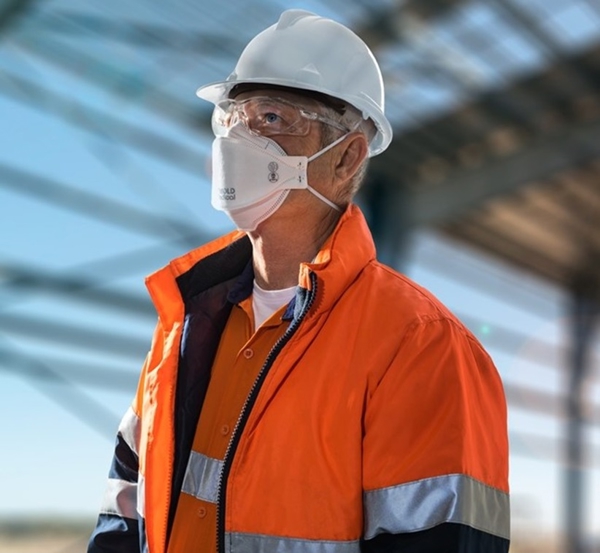
Our Best Sellers
Detmold Medical Tri-panel P2 valve mask
At Detmold Medical, our range of face masks and respirators, made here in Australia are driven by innovation and emerging industry demands to meet the requirements of Australians. With this in mind, we’re proud to announce the introduction of our new tri-panel P2 valve respirator, designed specifically for the industrial sector, including the construction and mining industries..
Our tri-panel P2 valve respirator features:
- Tri-panel design: A sturdy, boat-shaped design provides a superior fit, easier communication and reduced facial pressure without compromising on facial seal.
- Exhalation valve: Offers cooler, more breathable wear in high-heat, high-dust conditions.
- P2 rating: Designed to meet relevant International and Australian Standard requirements.
Our range of Tri-Panel Respirator masks has been designed with comfort-driven features to encourage compliance and long-term use.
The future of PPE in construction
Construction PPE and RPE are constantly changing in line with updated standards and industry innovations. Over the next 5-10 years, we expect to see more developments in technology, greater materials innovations and stronger sustainability commitments in construction PPE. Ultimately, PPE will no longer be seen as a “tick-box” requirement, but rather a central tenet of workplace culture and employee wellbeing.
At Detmold, we’re committed to ensuring worker safety and comfort through continuous innovation in respiratory protection, as is demonstrated through our recent line of Tri-Panel Respirators and our P2 exhalation valve respirator.
PPE in construction is evolving, and respirator masks are leading the way. Our tri-panel P2 valve respirator marks the next step in ensuring worker safety, comfort and compliance on construction sites. Explore our range of Australian-designed and manufactured face masks and P2 respirators, including our new tri-panel P2 valve respirator.


